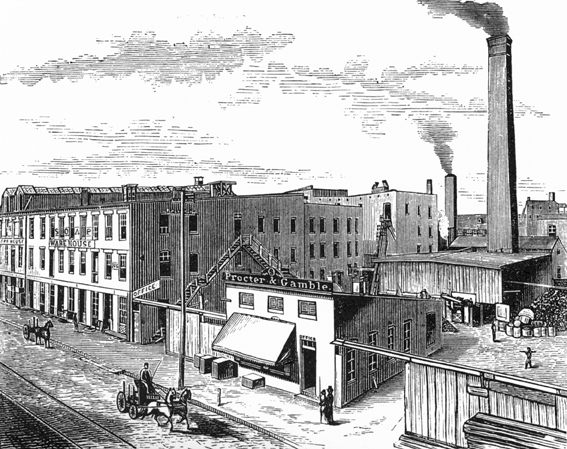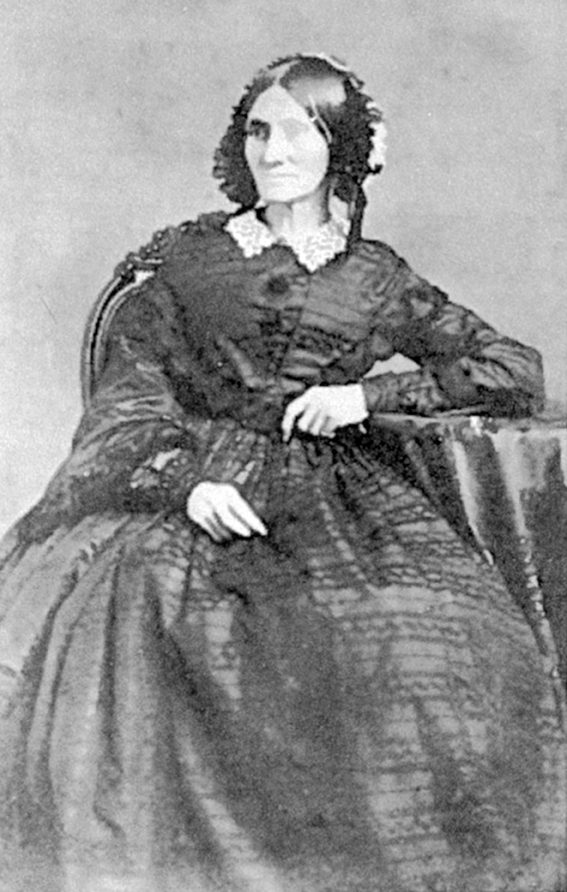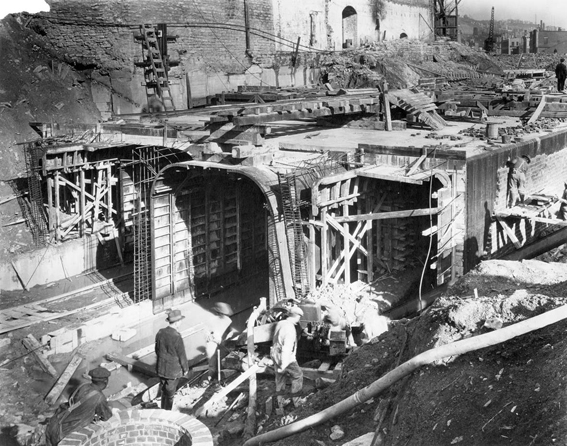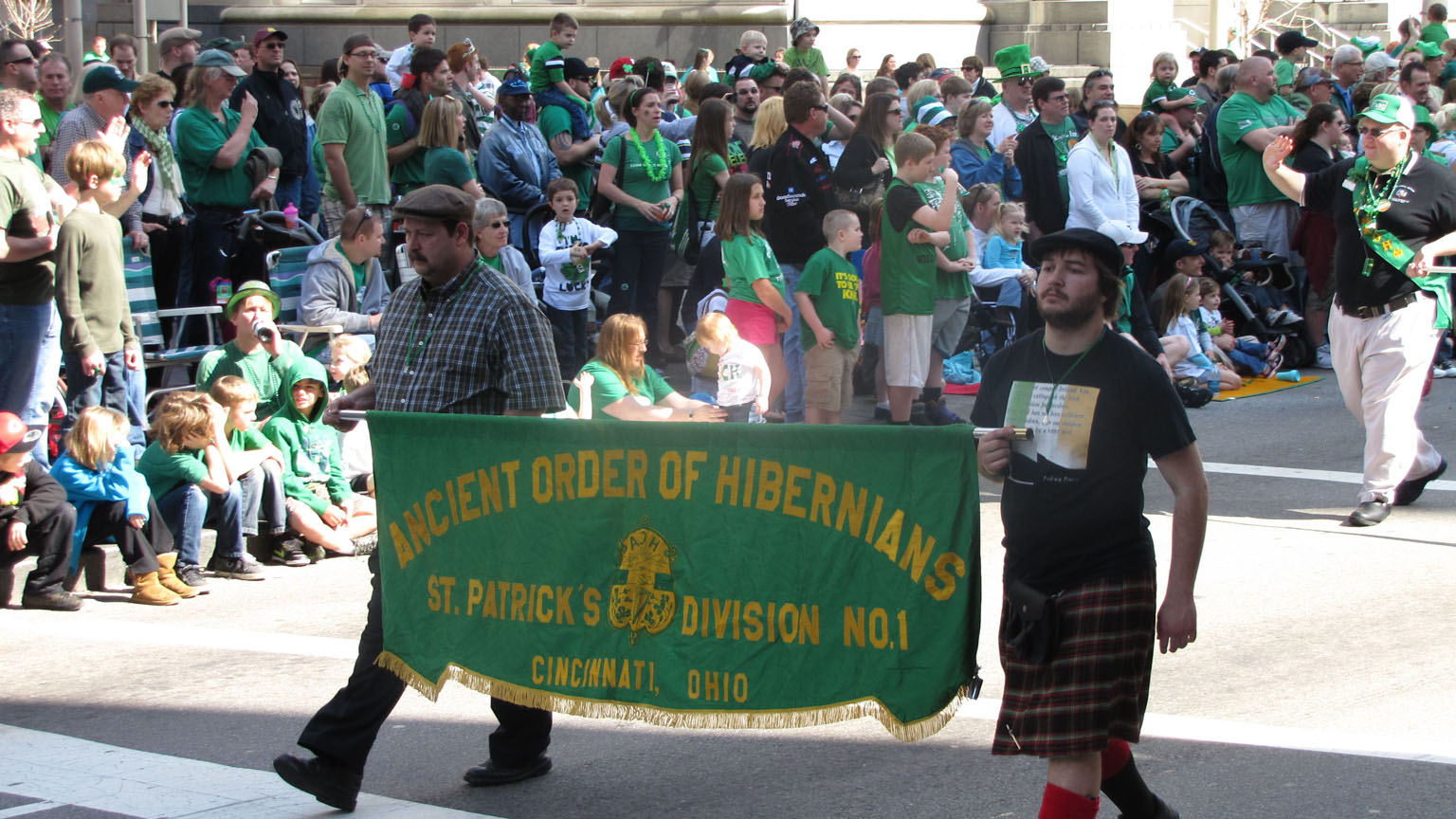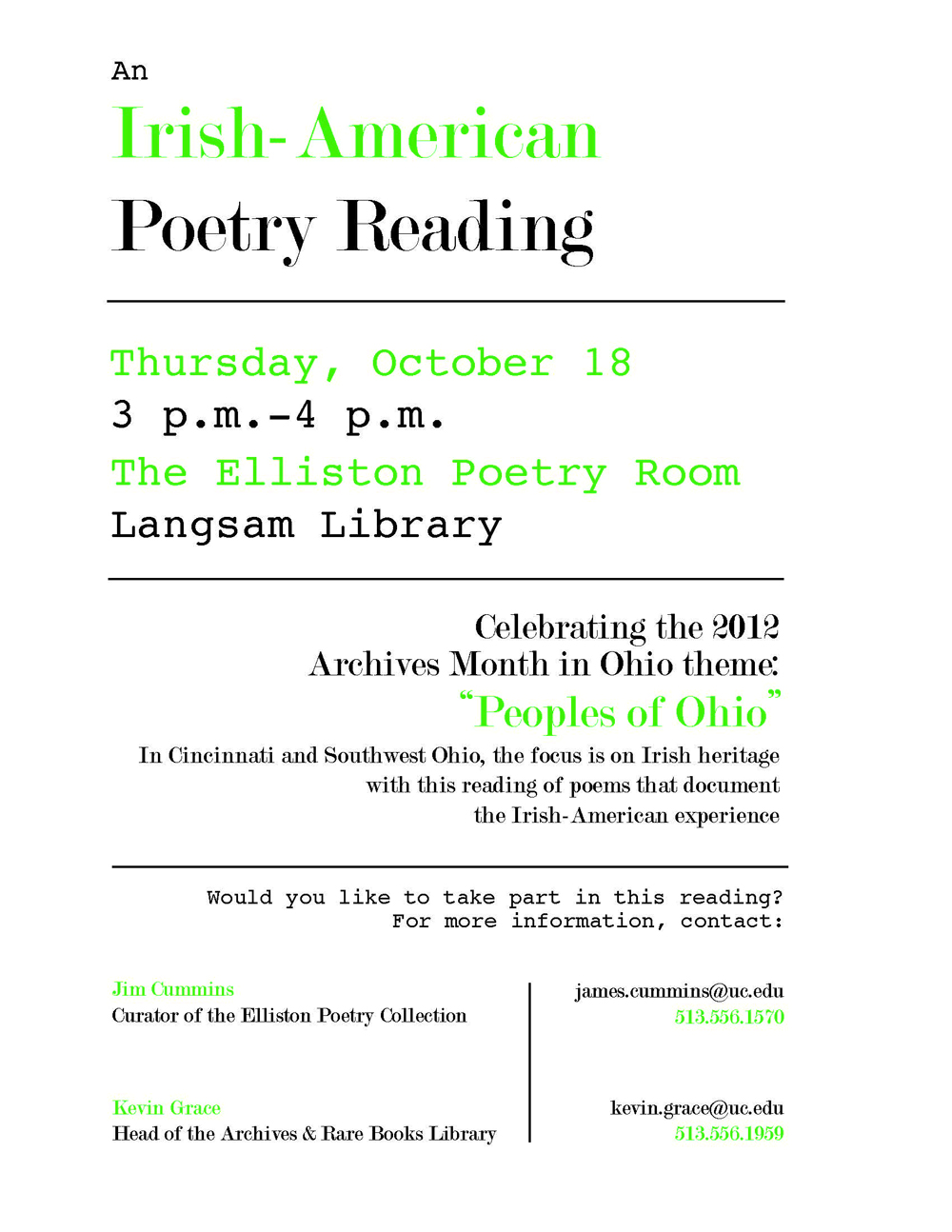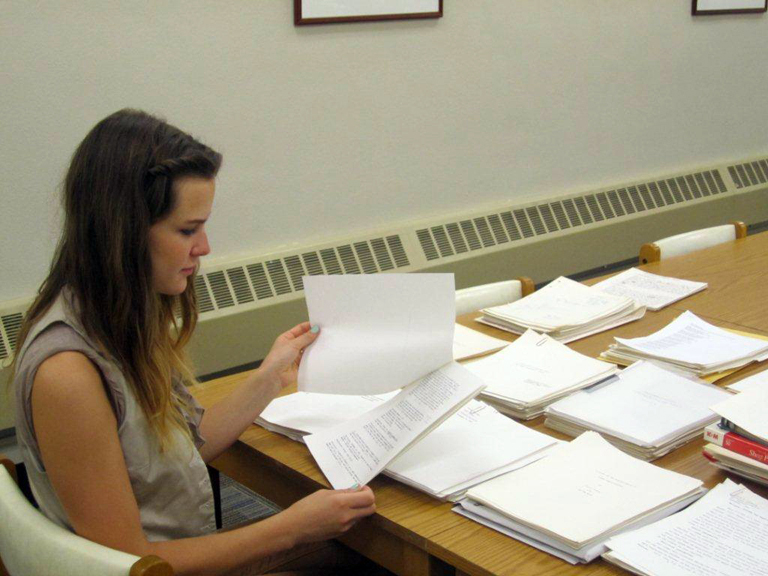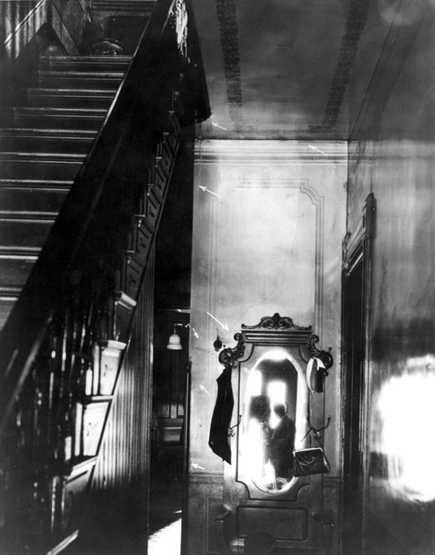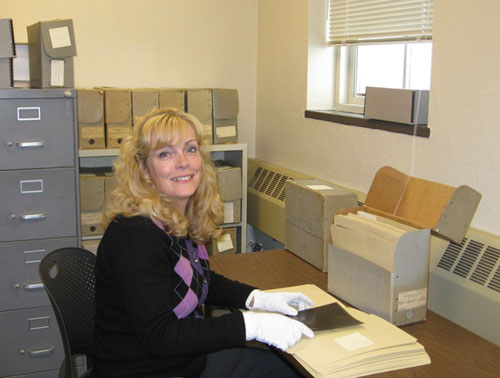By: Molly Gullett
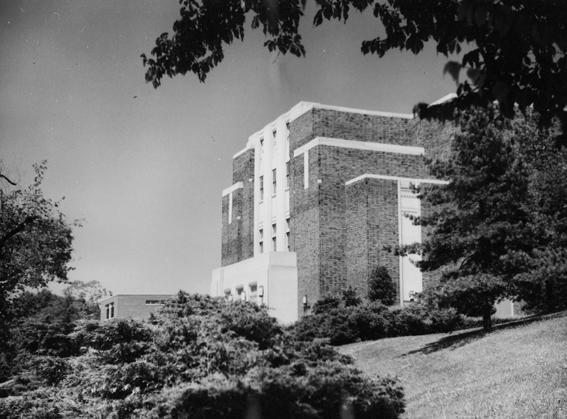
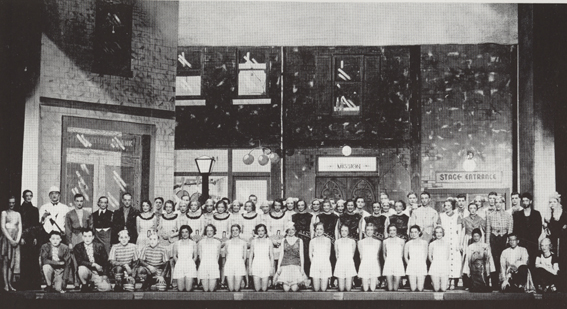 As work proceeds on the Southwest Ohio Folklore Archives, there are a few papers that are certainly appropriate at this time of year. In November, 2002, student Mathew Z. Keller submitted his contribution to the archive with an account of UC’s Wilson Auditorium. Superstition and mystery are as linked with theatre as performance itself and there are many superstitions associated with theatre. Of course, there is “break a leg” instead of “good luck,” and the ominous effects of saying Macbeth backstage. Perhaps less known is the superstition to never whistle anywhere in a theatre because it signifies that a play will be ending soon. Another ritual is to leave a ghost light on in the belief that it would convince spirits of the theatre that they had not been forgotten. Like most, UC’s theatres are also riddled with superstitions and legends which comprise their lore. Continue reading
As work proceeds on the Southwest Ohio Folklore Archives, there are a few papers that are certainly appropriate at this time of year. In November, 2002, student Mathew Z. Keller submitted his contribution to the archive with an account of UC’s Wilson Auditorium. Superstition and mystery are as linked with theatre as performance itself and there are many superstitions associated with theatre. Of course, there is “break a leg” instead of “good luck,” and the ominous effects of saying Macbeth backstage. Perhaps less known is the superstition to never whistle anywhere in a theatre because it signifies that a play will be ending soon. Another ritual is to leave a ghost light on in the belief that it would convince spirits of the theatre that they had not been forgotten. Like most, UC’s theatres are also riddled with superstitions and legends which comprise their lore. Continue reading

